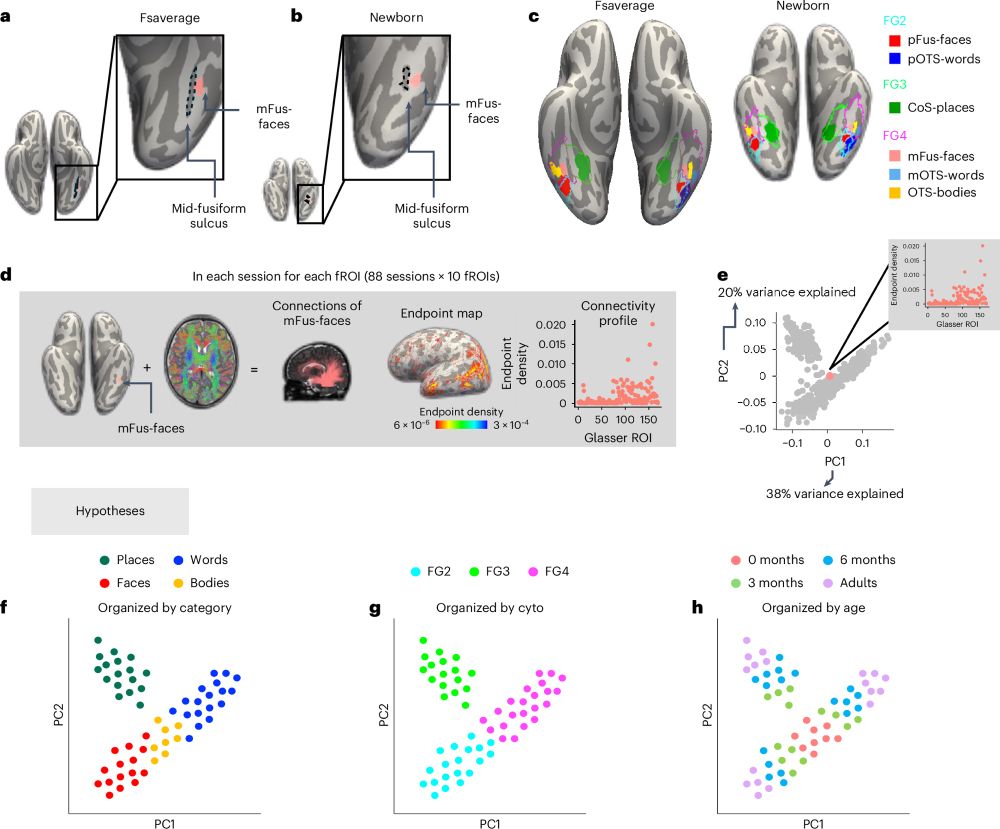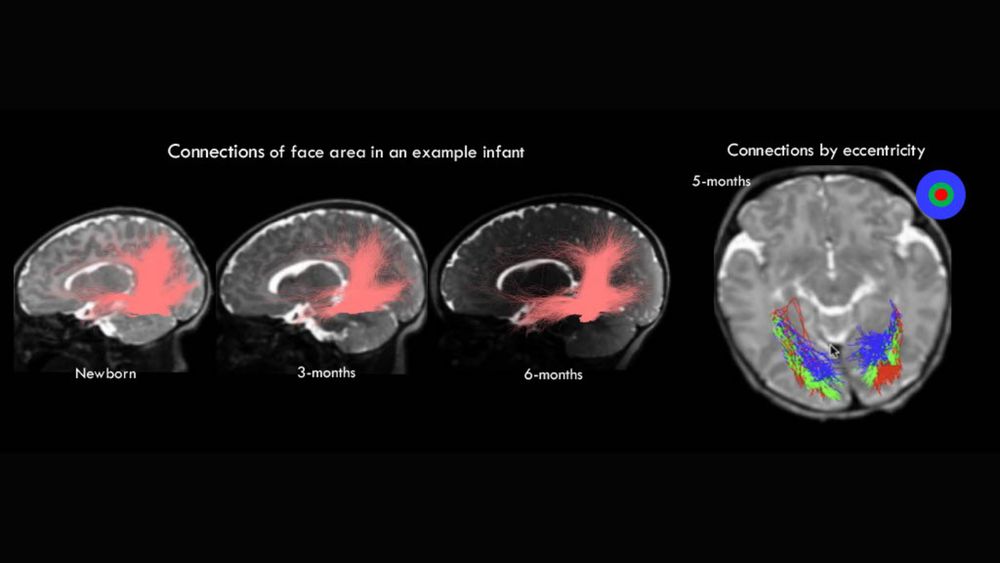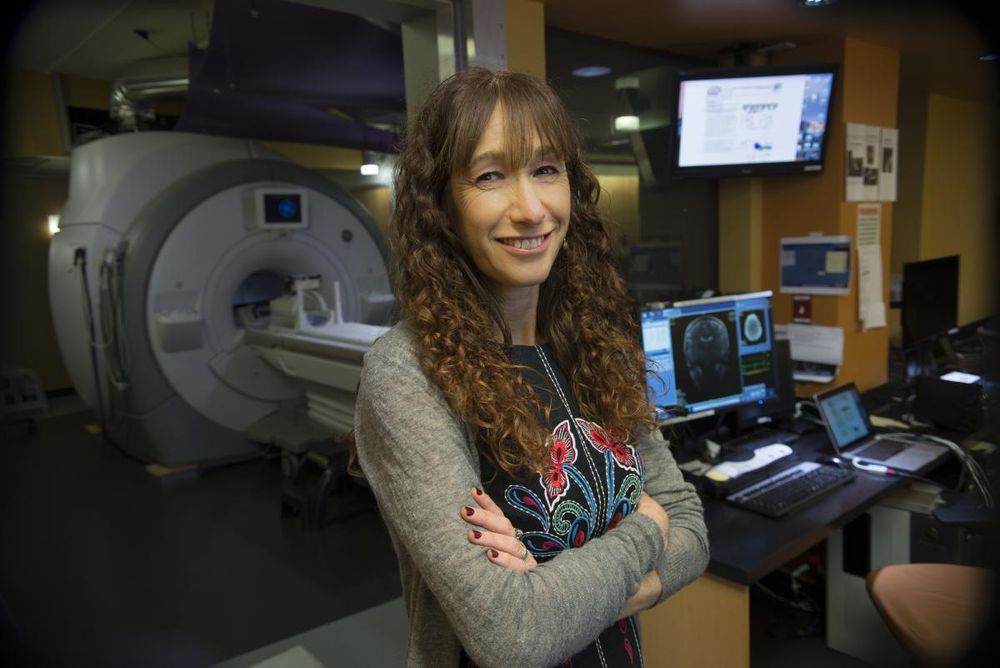Posts
Media
Videos
Starter Packs
Emily Kubota
@emilykubota.bsky.social
· Mar 21
Reposted by Emily Kubota
Emily Kubota
@emilykubota.bsky.social
· Mar 17
Emily Kubota
@emilykubota.bsky.social
· Mar 17
Emily Kubota
@emilykubota.bsky.social
· Mar 17

White matter connections of human ventral temporal cortex are organized by cytoarchitecture, eccentricity and category-selectivity from birth
Nature Human Behaviour - Kubota et al. find that white matter connections of ventral temporal cortex are innately organized by cytoarchitecture, category and eccentricity from birth, and also...
rdcu.be



